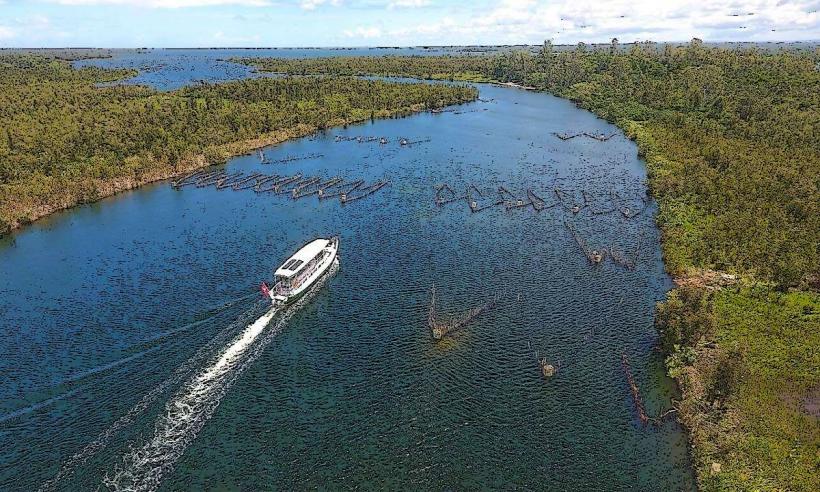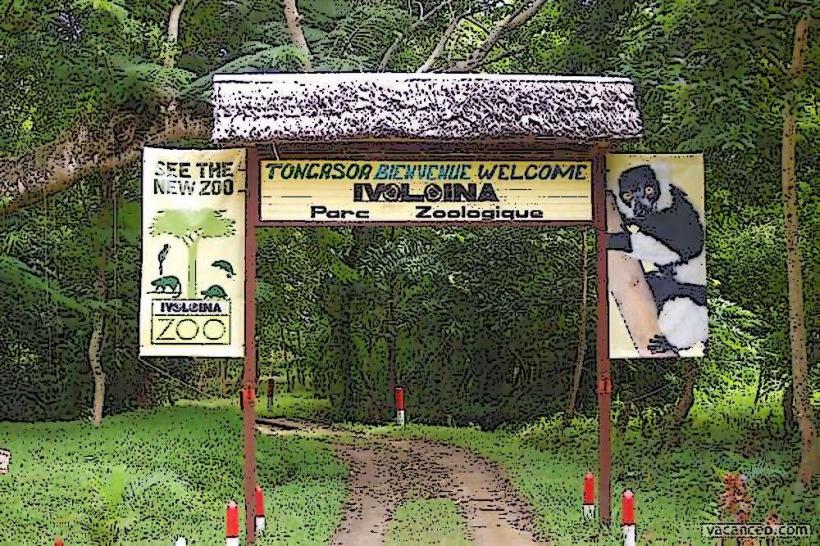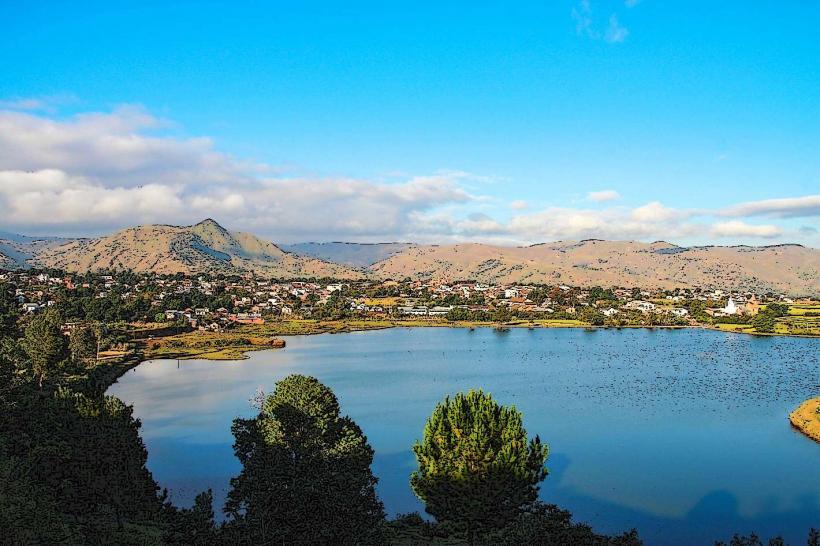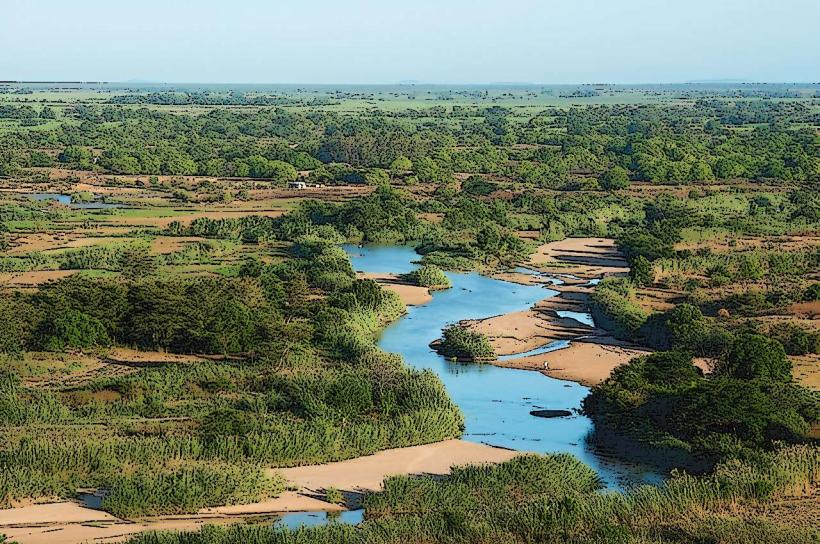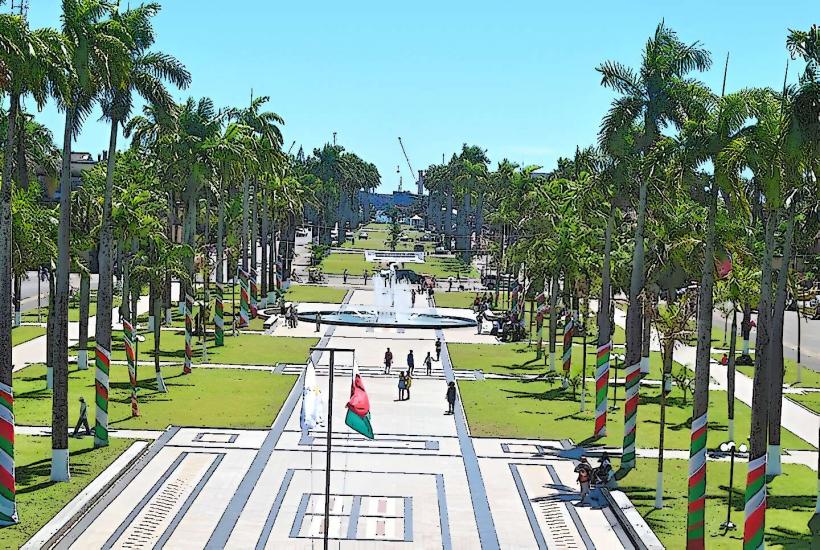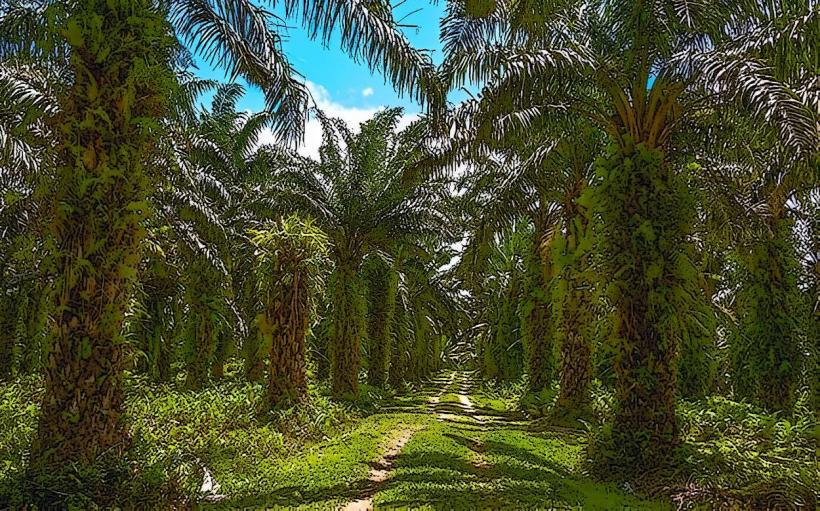Information
Landmark: Fort MandaCity: Toamasina
Country: Madagascar
Continent: Africa
Fort Manda, located in the district of Brickaville on the east coast of Madagascar, is an important historical and cultural site. It reflects the island’s rich history of military strategy, defense, and resistance against colonization. Here is a detailed overview:
Location and Accessibility
Fort Manda is situated near the village of Mahavelona, approximately 10 kilometers (6 miles) inland from the coastal town of Brickaville, along the Pangalanes Canal. It is accessible via a short drive from the town, followed by a walk or guided exploration of the area.
Historical Background
Fort Manda is one of several forts constructed during the 19th century under the reign of King Radama I and later strengthened by Queen Ranavalona I. Its purpose was primarily defensive, guarding the strategic eastern coastal region against potential invasions, particularly from European colonial powers.
Construction
- Built using traditional methods and materials, such as bricks, stones, and laterite, the fort reflects the ingenuity of Malagasy engineering.
- The layout and design of the fort were influenced by both Malagasy and foreign military architecture, with a focus on strategic positioning.
Military Role
- The fort served as a stronghold for the Merina Kingdom, which sought to extend its influence over the coastal regions.
- It was used to control trade routes and monitor potential threats from foreign ships, particularly during the height of European imperial expansion.
Architectural Features
Fort Manda is renowned for its massive walls and defensive design, which incorporate elements adapted to the local environment:
Walls and Towers:
- The fort is surrounded by thick, high walls made of bricks and laterite, offering both strength and durability.
- Defensive towers and lookouts were strategically positioned to monitor the surrounding area.
Moat and Drawbridge:
- The fort originally featured a moat as an additional layer of defense against invaders.
- A drawbridge connected the fort to the surrounding land, allowing controlled access.
Interior Layout:
- Inside the fort, there were barracks for soldiers, storage rooms for supplies, and command quarters.
- Underground passages and hidden exits were reportedly built to provide escape routes during sieges.
Cannon Ports:
- Openings in the walls were designed for cannons and firearms, reflecting the influence of European weaponry.
Cultural and Historical Significance
Symbol of Resistance:
Fort Manda represents the resilience and determination of the Malagasy people to defend their sovereignty against foreign domination.
Architectural Achievement:
The fort showcases the blend of traditional Malagasy construction techniques with military innovations of the time.
Historical Events:
The fort played a role in several conflicts, including the resistance against French colonial forces in the late 19th century. It eventually fell to the French during their campaign to annex Madagascar as a colony.
Heritage Site:
Today, Fort Manda is recognized as an important historical and cultural site, preserving the legacy of Madagascar’s pre-colonial and colonial history.
Tourism and Exploration
Fort Manda has become a popular destination for visitors interested in history, architecture, and culture. Key activities include:
Guided Tours:
Local guides offer insights into the history and significance of the fort, as well as its role in Madagascar’s military strategy.
Photography:
The fort’s imposing walls and scenic location provide excellent opportunities for photography.
Cultural Experiences:
Visitors can learn about the Merina Kingdom, the historical conflicts that shaped the region, and the traditional construction techniques used in the fort’s creation.
Conservation and Challenges
Preservation Efforts:
Efforts are underway to restore and maintain the fort, as it faces challenges from weathering and lack of resources.
Threats to the Site:
- Natural erosion due to the humid tropical climate.
- Limited funding for conservation projects.
Community Involvement:
Local communities are increasingly involved in the preservation and promotion of the fort as a cultural heritage site.
Future Prospects
Ecotourism and Heritage Tourism:
Plans to enhance the site’s accessibility and promote it as a historical attraction could bring economic benefits to the region.
Educational Programs:
Developing educational materials and workshops could help raise awareness about the significance of Fort Manda among locals and visitors alike.
Conclusion
Fort Manda stands as a testament to Madagascar’s rich history and its people’s determination to safeguard their sovereignty. Its blend of military architecture, cultural significance, and scenic location makes it a must-visit destination for history enthusiasts and travelers exploring the eastern coast of Madagascar. Efforts to preserve and promote the site continue to ensure that its legacy endures for future generations.


